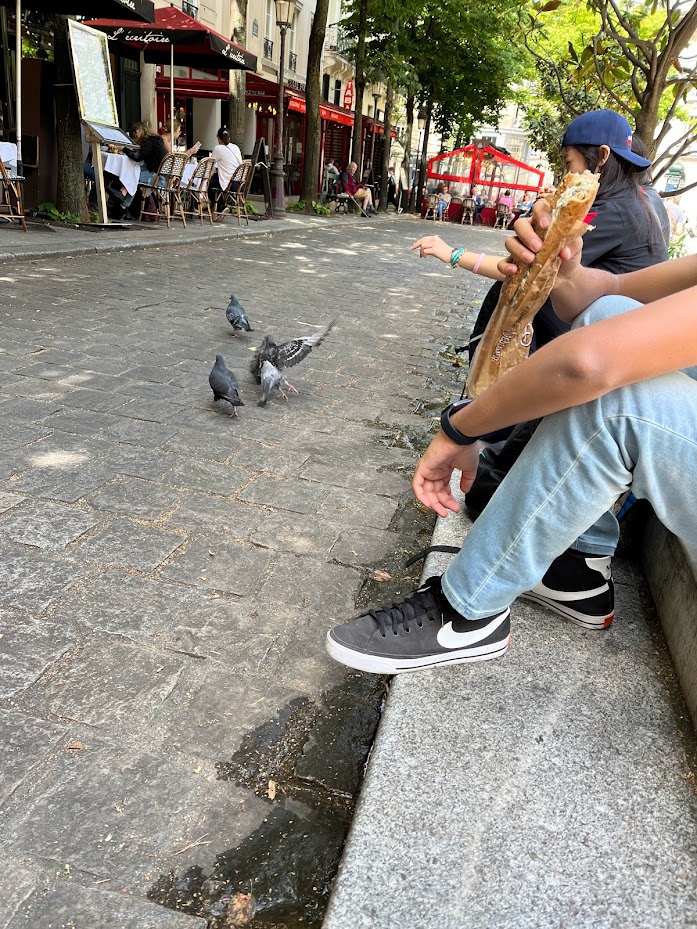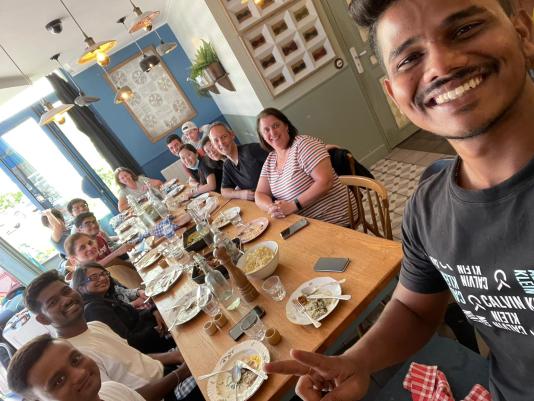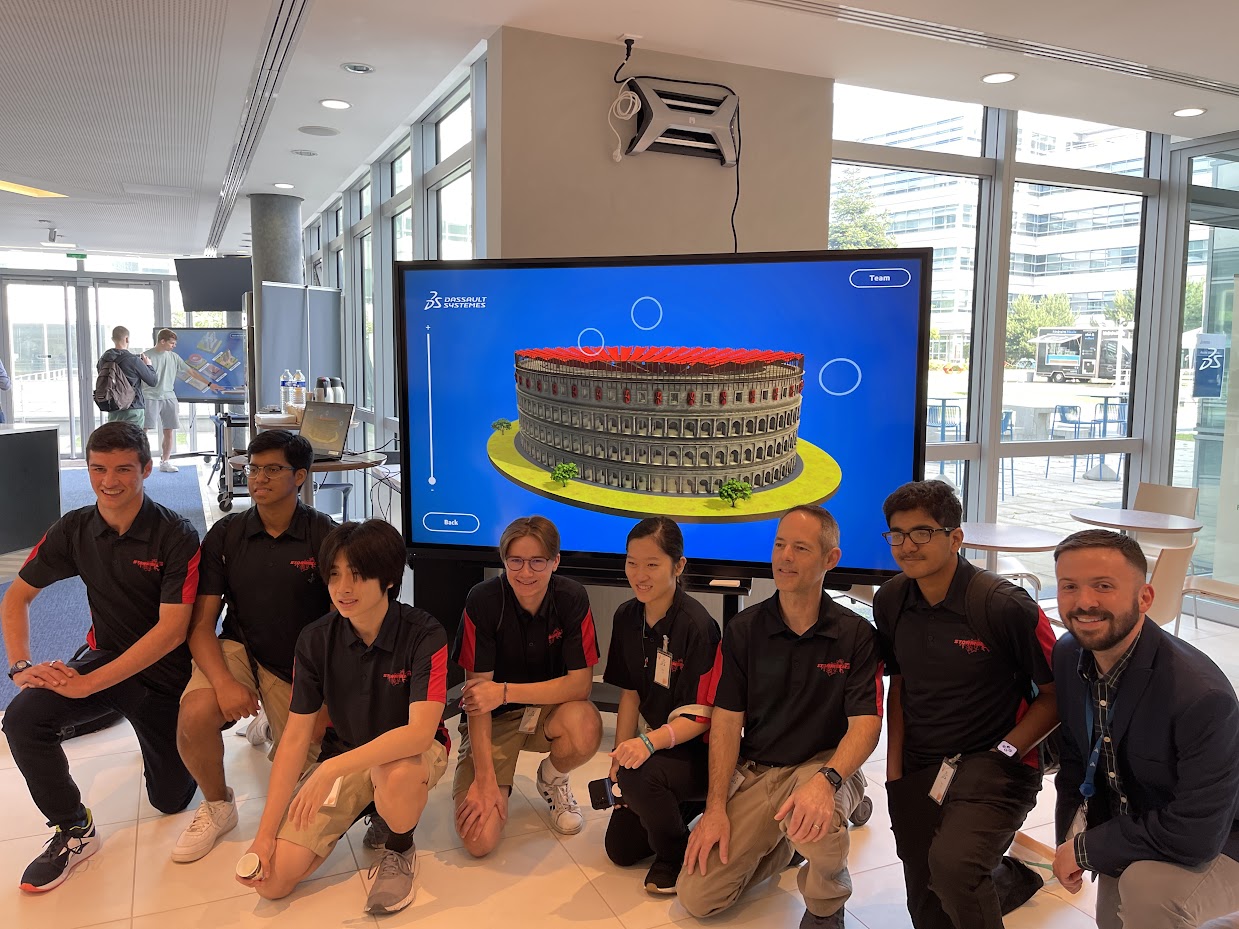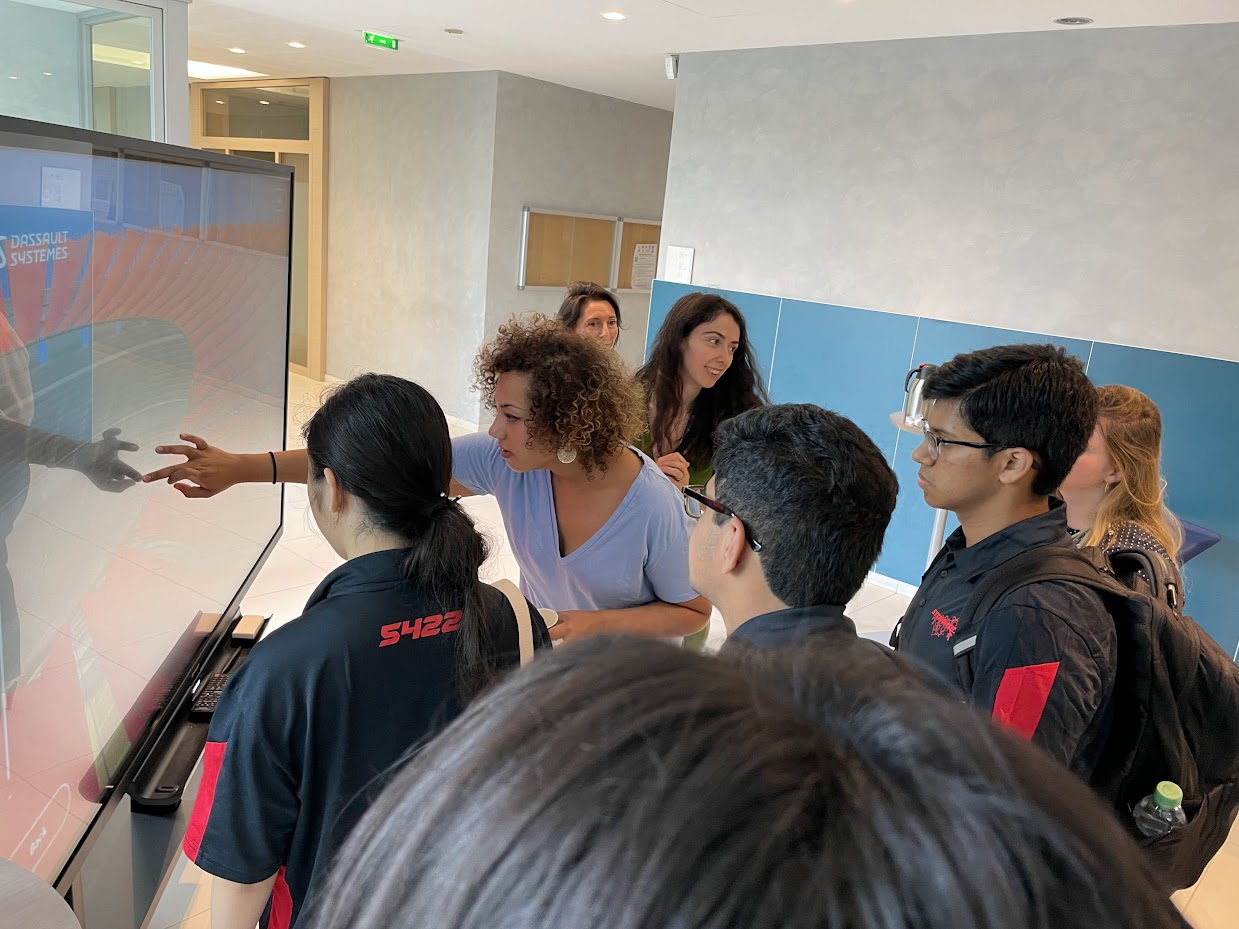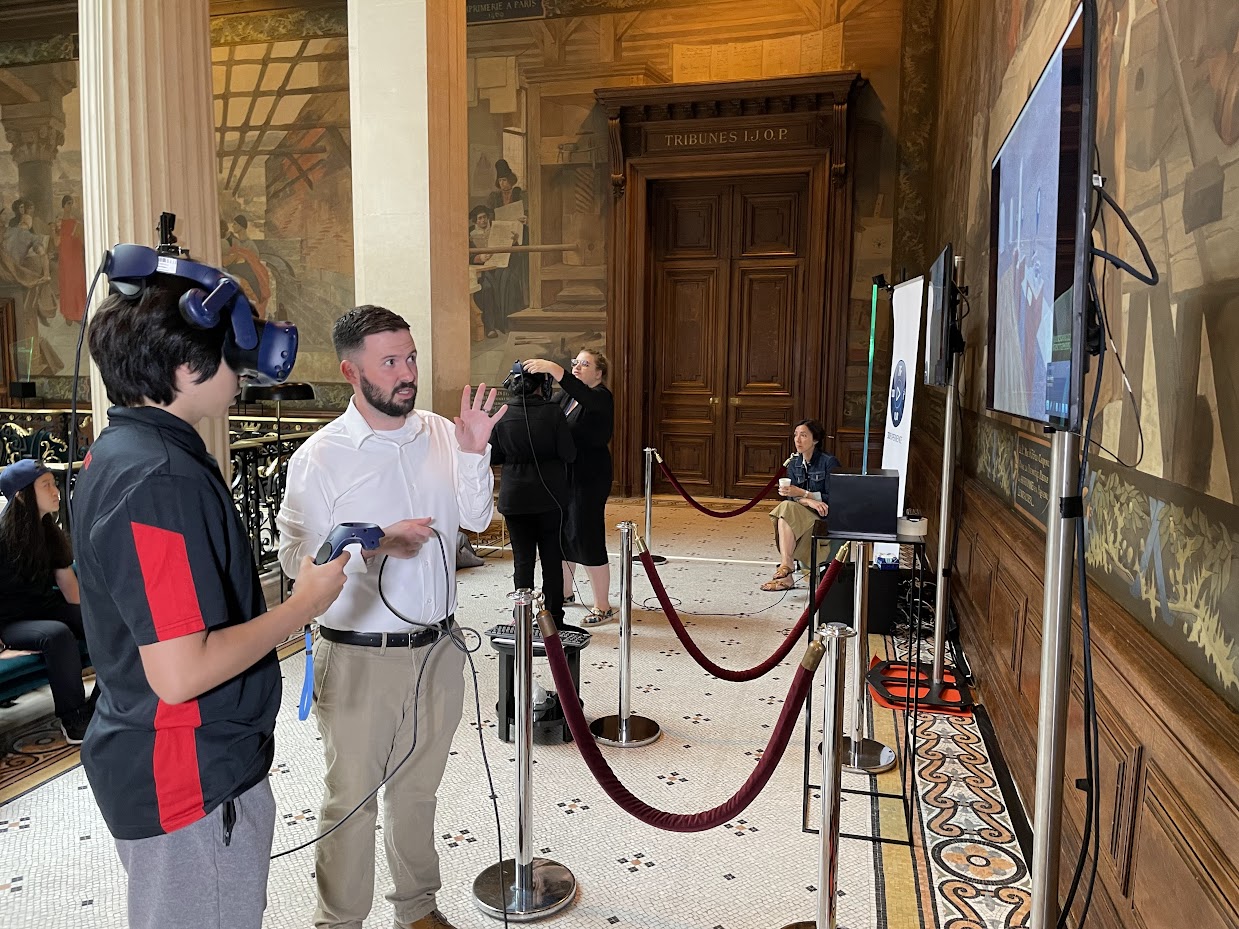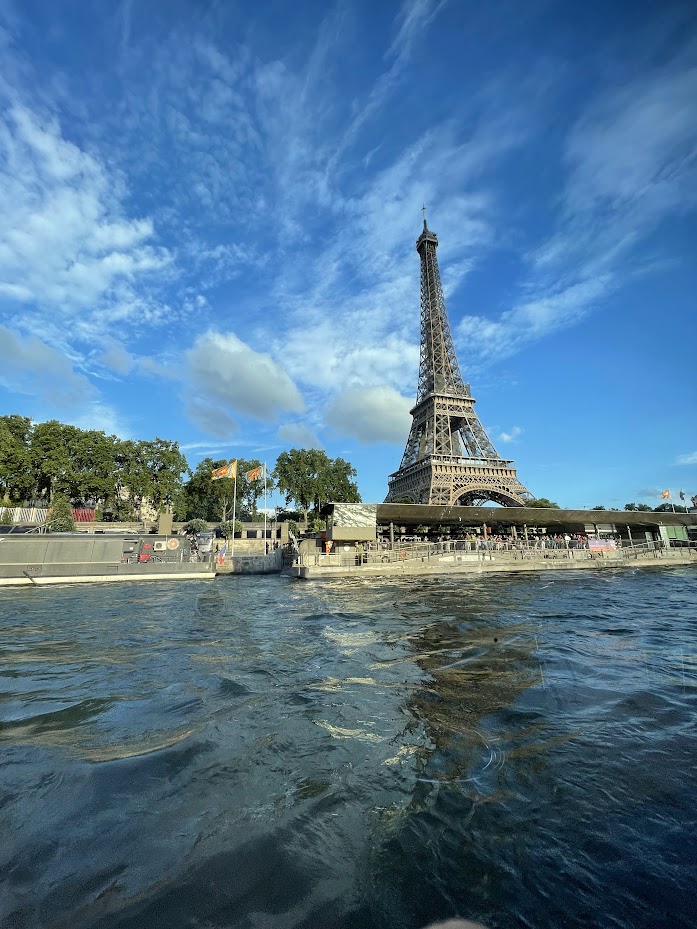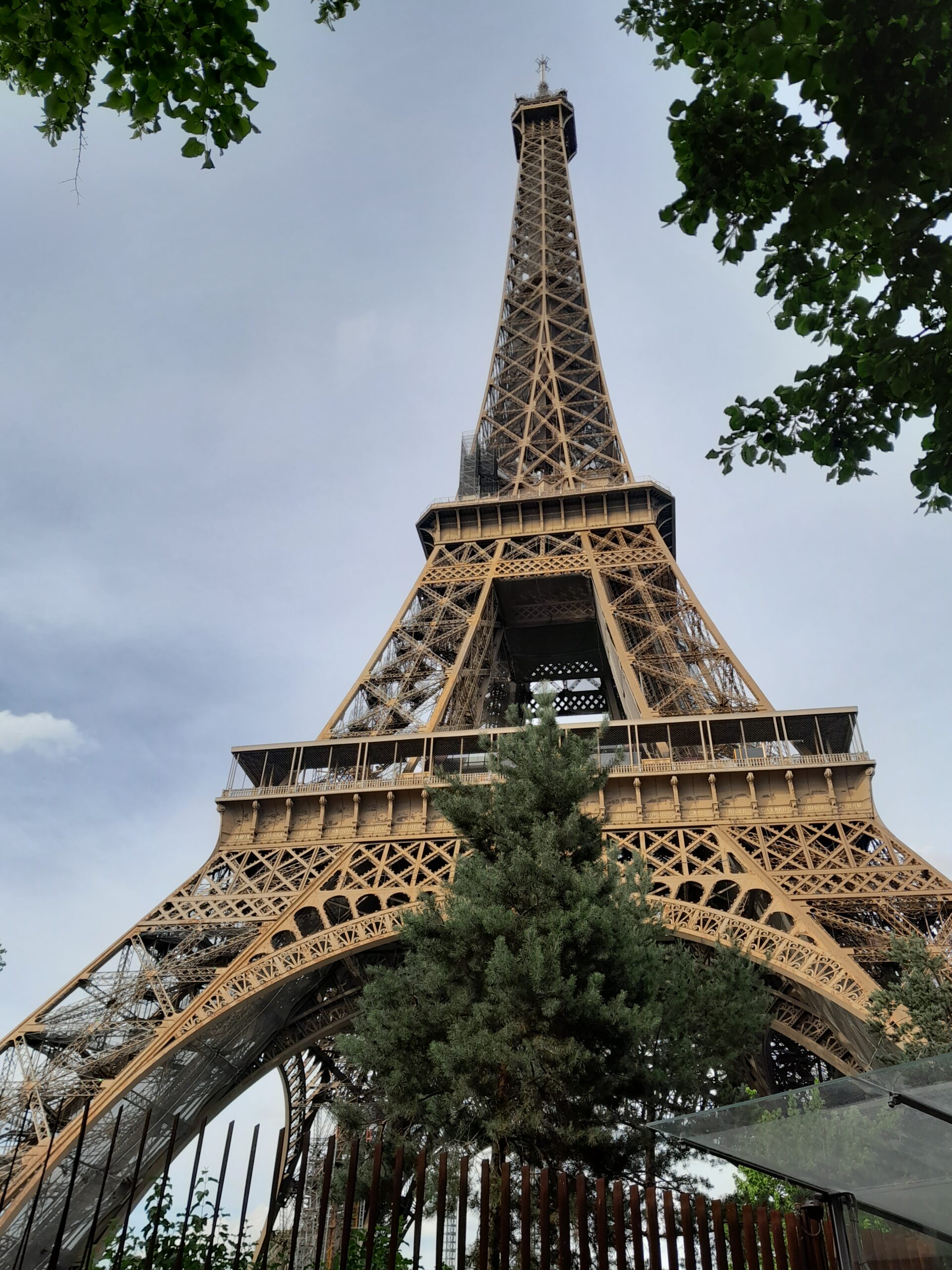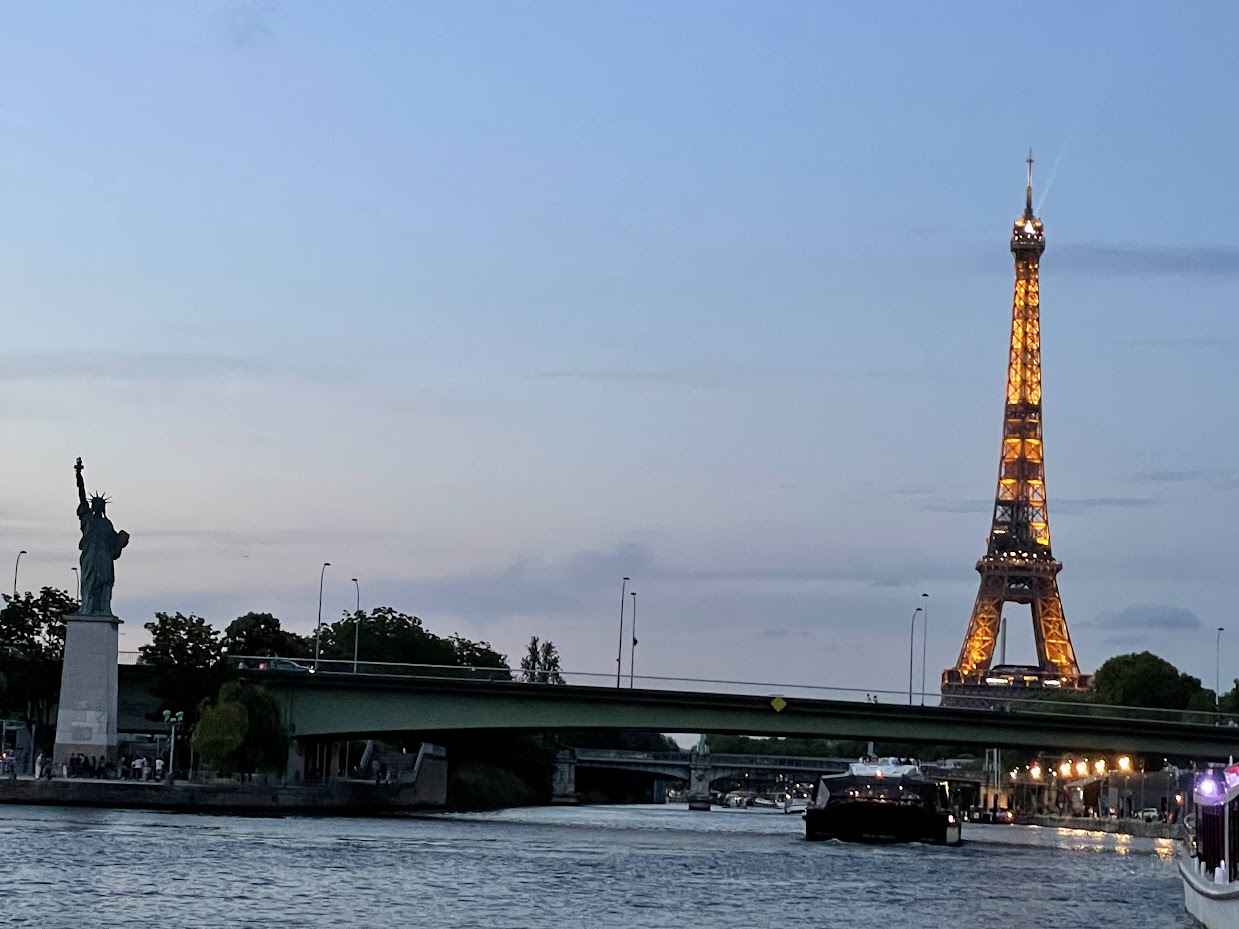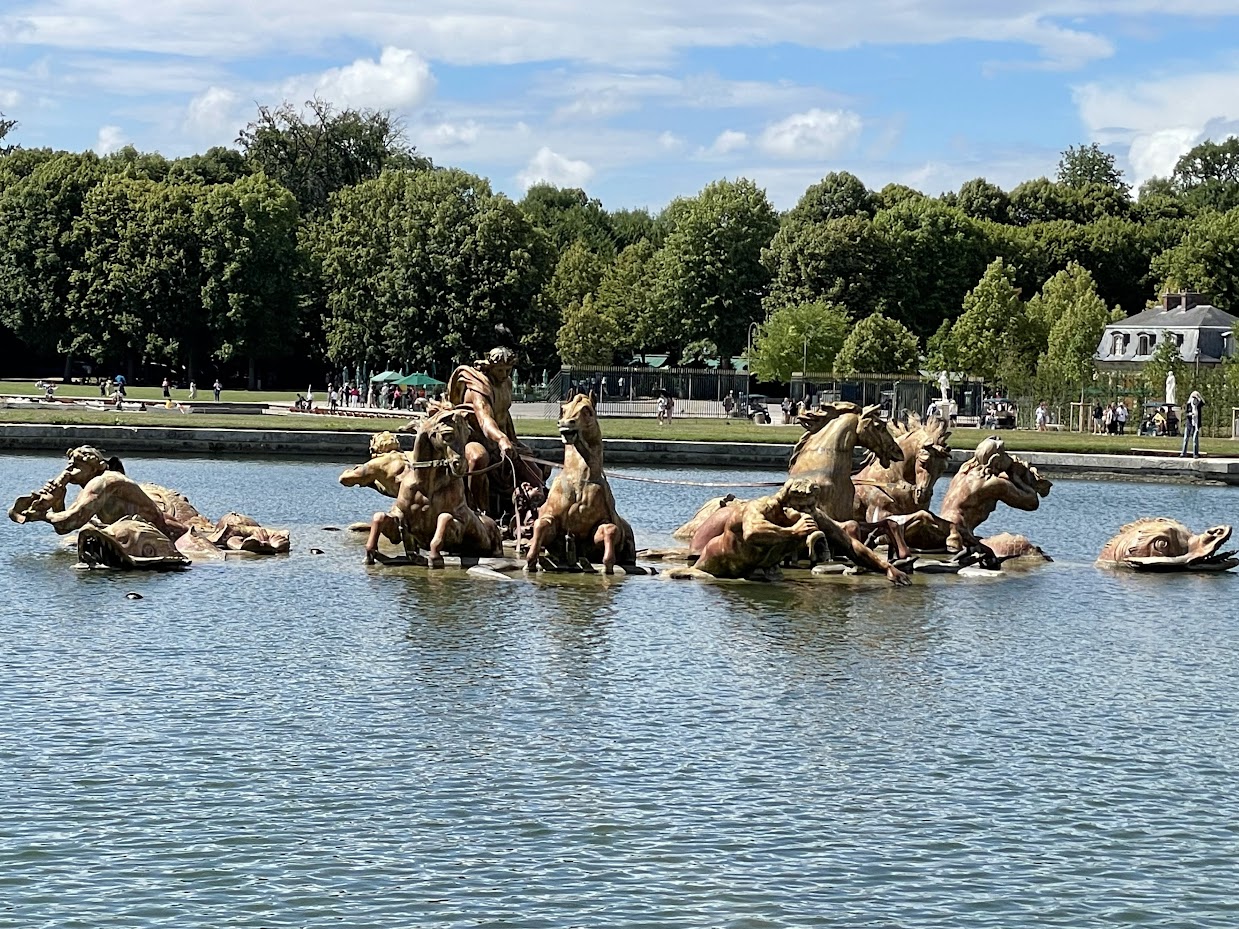The Living Heritage Project







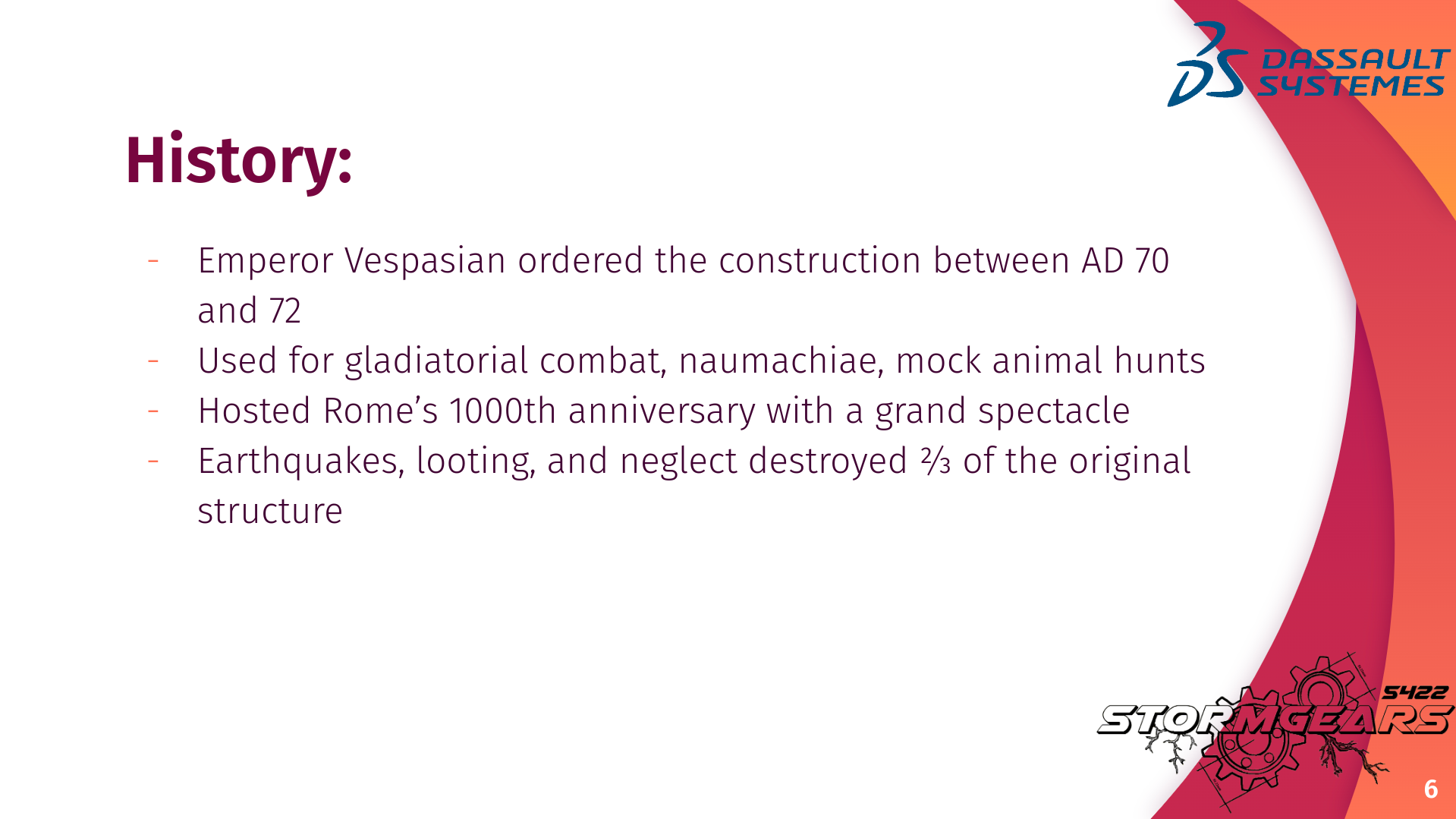

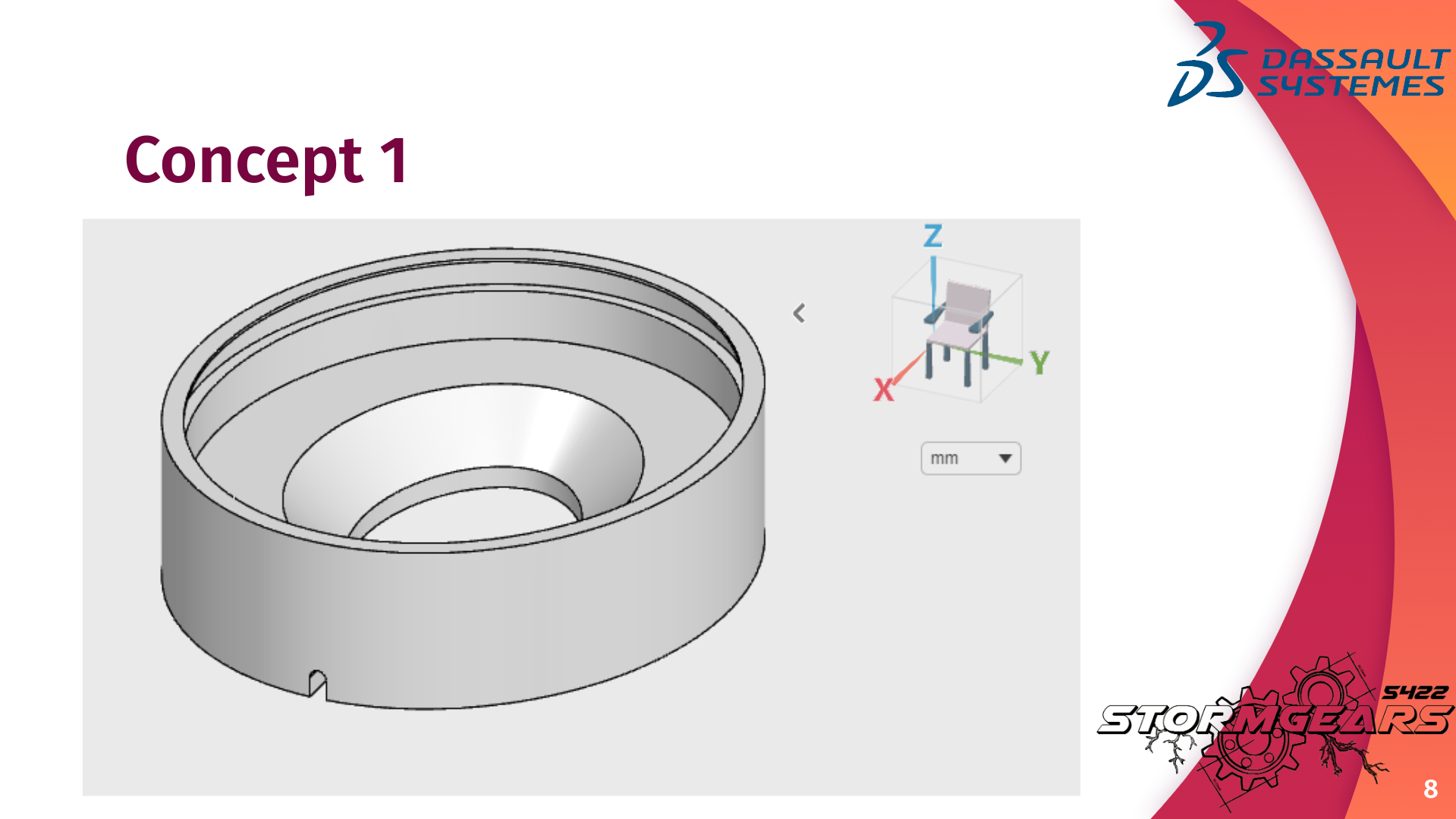



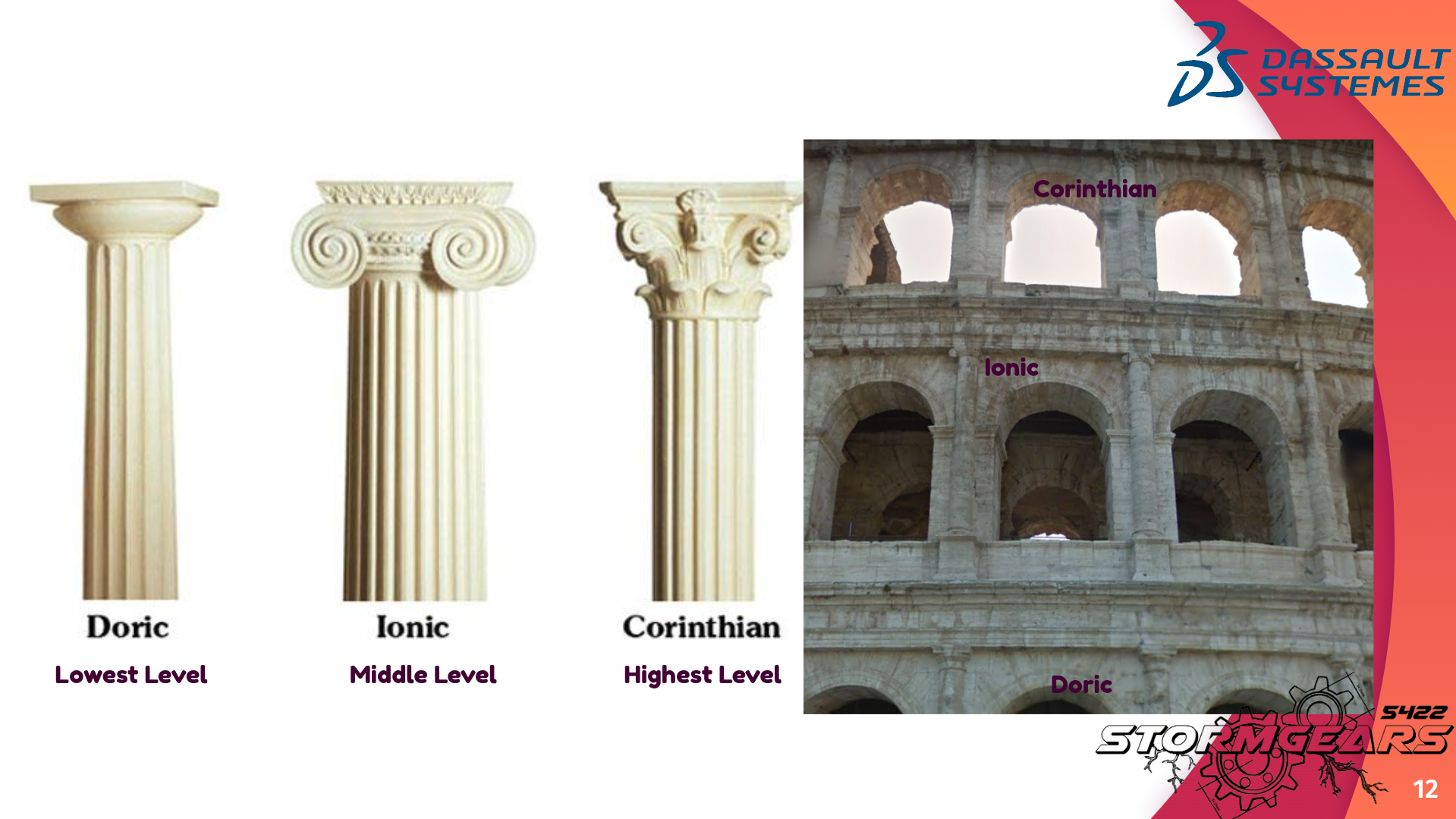


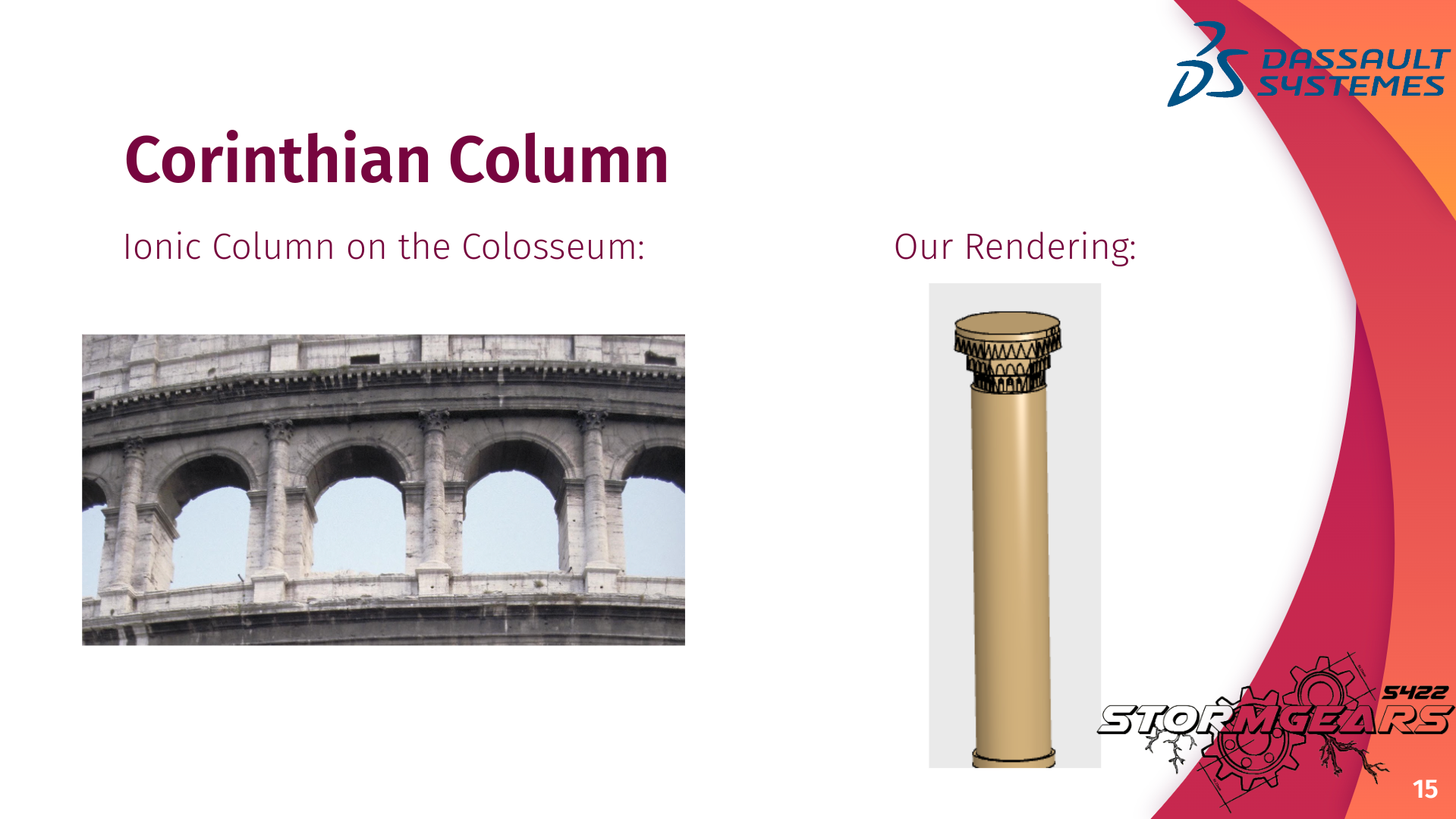




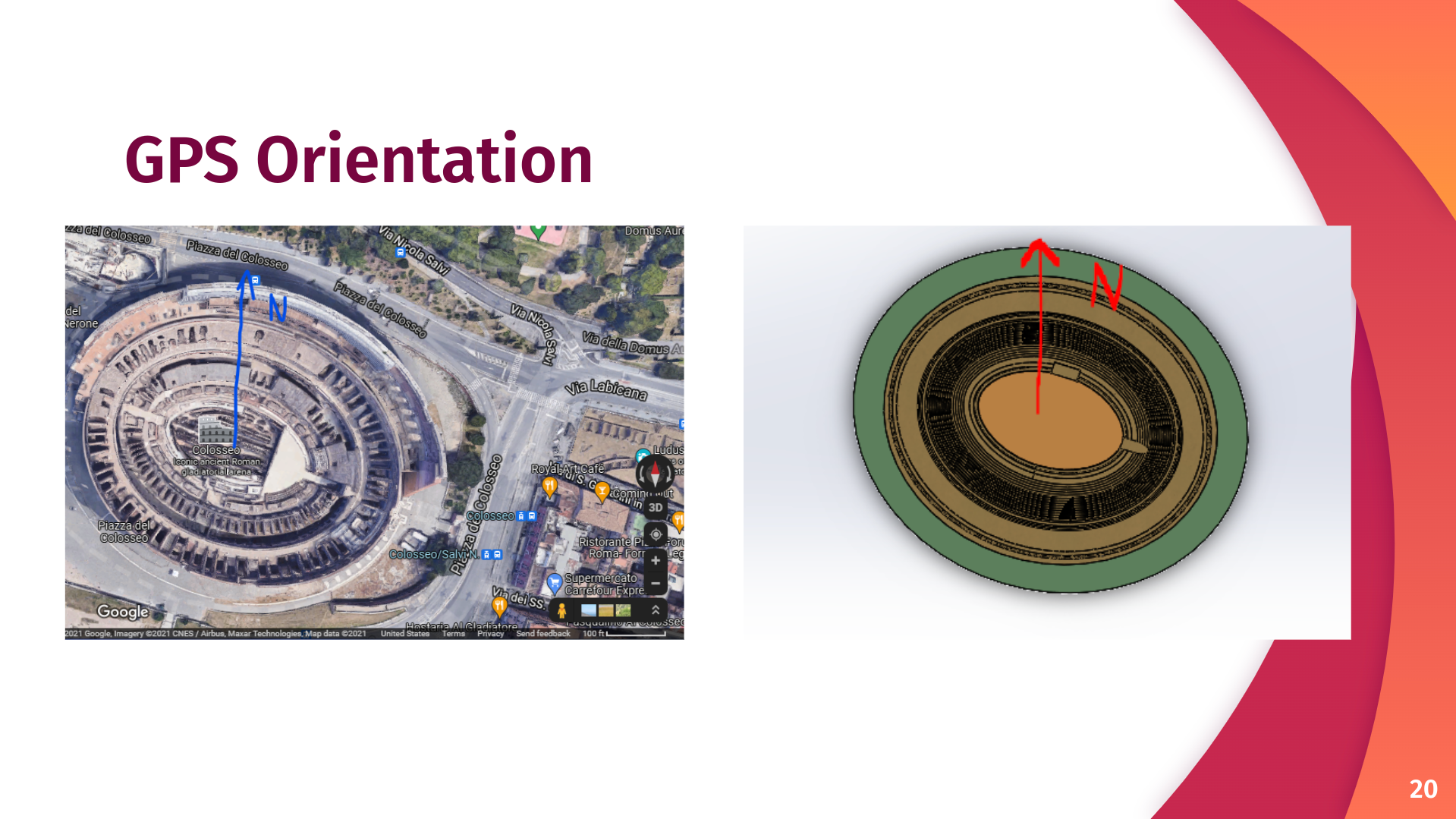
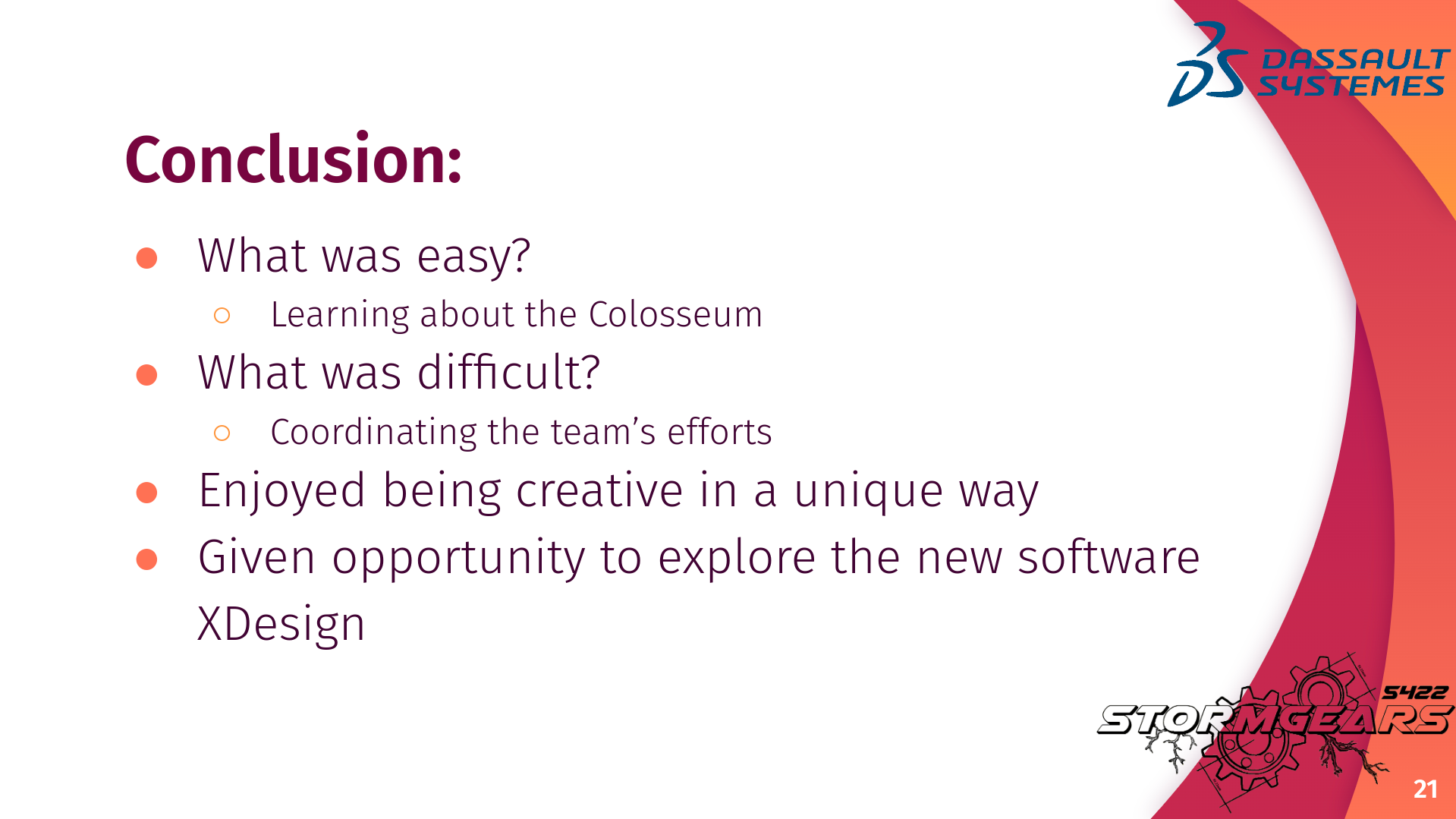


Six students and two mentors from Stormgears participated in Dassault Systemes’ Living Heritage Project, representing the United States in this challenge. Five other teams from different countries also participated in this project. Each team was paired with a mentor to guide them along the task of researching and reconstructing a UNESCO World Heritage site of their choice on Dassault’s 3DExperience platform. Stormgears chose to model the Colosseum. After the teams completed this challenge, they were invited to visit Dassault’s headquarters in Paris and attend the La Cite de la Reussite conference at The Sorbonne.
The Colosseum
Stormgears submitted this rendition of the Colosseum to Dassault Systemes for finalization. Their project can now be viewed as an interactive online model hosted on Dassault’s website.
About the Colosseum
The Colosseum was an elliptical structure built by the Romans. The Colosseum was used for entertainment purposes, such as wild animal hunts, gladiatoral fights, and mock naval battles in which the arena was flooded.
The Colosseum was built during the Flavian Dynasty of the Roman Empire. Emperor Vespasian ordered that it be built between 70 to 72 AD, and it was completed by the end of the decade.
Due to age, looting, natural disasters, and overall neglect, only a third of the original Colosseum remains. Restoration efforts are ongoing, with plans to rebuild the Colosseum’s floor announced in 2021.
The Colosseum featured three types of columns on its exterior: Doric, Ionic, and Corinthian. Doric columns, simple columns devoid of decoration, were used on the bottom level. Ionic columns were used on the middle level and featured a pair of spiral scrolls at its capital. Corinthian columns on the top level were the most ornate, decorated with leaves carved on its capital.
The top level of the Colosseum featured an alternating row of windows and decorative shields. The shields were around three to four meters tall and were made of gilded bronze.
The velarium was a structure of masts and ropes attached to large segments of cloth. Prestigious Roman sailors from the Misenum fleet, experienced in managing the ropes and masts attached to sails, controlled the velarium. On sunny days the velarium would stretch over the cavea, shading the spectators from the hot Mediterranean sun.
All seats in the Colosseum were located in the cavea. Spectators sat in an order that reflected the social hierarchy of the time. Women and slaves stood at the top of the seating section, furthest from the action. Prominent men such as aristocrats and politicians sat towards the front. The Emperor had his own seating area, known as the Emperor’s box, located in a place that offered the best views.
Emperors and other prominent men organized and funded the events that took place in the Colosseum. The Emperor had a specific task whenever a gladiator fell during combat but was not killed; the Emperor would signal whether to spare or execute the gladiator, often a slave. A thumbs up meant that the slave would die, and a thumbs down indicated that the slave would be spared.



